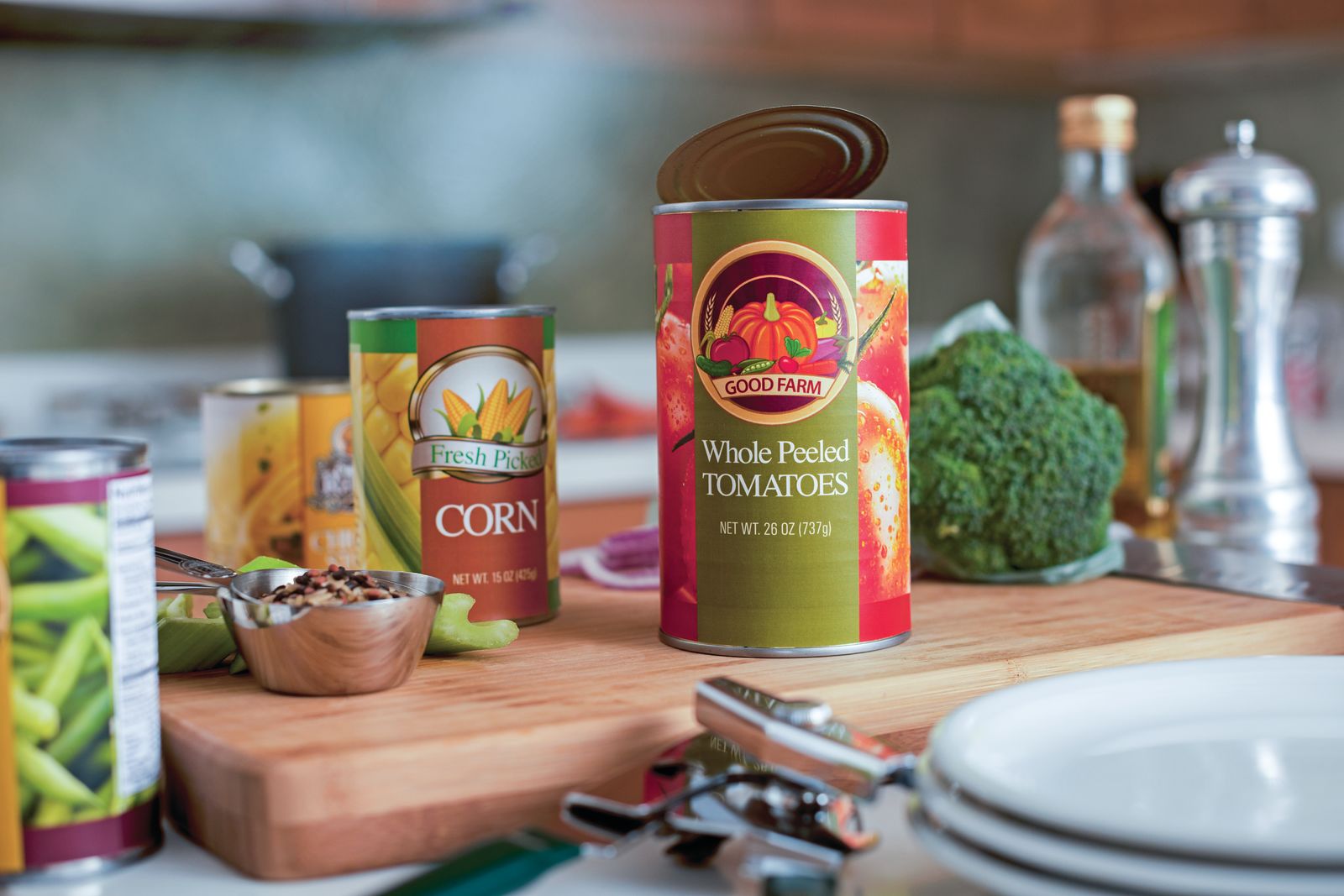Myths vs. Facts: Canned Food Edition

The can is a convenient, accessible and affordable solution for consumers seeking quick, nutritious and high-quality food options. They are also environmentally-friendly, help reduce food waste and fuel the economy. To shed light on metal cans and their attributes, we are debunking some common myths about this popular food packaging format:
Myth: Food cans are only available in a few sizes.
Fact: The food can has stayed contemporary thanks to continuous innovation that takes modern consumer demands into account. We have more than 50 sizes and shapes in our portfolio, ranging from the round food can that most consumers know and love to a distinctive trapezoidal format that stands out on the shelf. This variety gives brand owners the flexibility to choose the size and shape that is best for their product and deliver portions from single-servings to family-sized, ready-to-cook meals to consumers, helping them buy only what they need and reduce food waste.
Myth: A can opener is required to open a can.
Fact: We engineered new user-friendly technology for food cans with the Easylift® easy-open end and set a new standard in convenience packaging. Designed to offer significantly improved finger access under the tab, the ends make it easy for consumers of all ages to open cans easily and quickly. Our easy-open technology portfolio also includes innovative Peelfit™ technology for dry foods. The foil lid provides a flexible pull tab for convenience and is adhered to a collapsed bead in the can’s body with Direct Heat Sealing Technology (DHS). This design eliminates the rigid steel ring typically required in double seaming applications and supports material and energy savings.
Myth: Cans are not used in premium food categories.
Fact: There are more than 1,500 foods packed in cans, including pâtés and high-end seafood products like eel and octopus as well as premium versions of vegetables, pet food and other segments. The variety of sizes and shapes of cans, including sleek bowl cans, as well as advanced decorating options can add a premium look and feel to food packaging. When combined with the format’s unmatched sustainability credentials, metal cans are an ideal choice for foods across the price spectrum.
Myth: Canned foods are not as nutritious as fresh foods.
Fact: Canned foods are nutritionally on par with fresh and frozen products, and in many cases, they are more nutritious. Canning facilities are strategically located near farms so that fruits and vegetables are packaged within hours of being picked—the time when they are at their freshest. The food is then cooked in the can to destroy bacteria, leaving a low oxygen environment that maintains the same levels of vitamins and nutrients from the day it was packaged for the can’s entire shelf life. The high temperatures of retort cooking also support the format’s unprecedented food safety record. According to the U.S. Food & Drug Administration, there has not been an incident of food-borne illness resulting from a failure of metal packaging in more than 40 years.
Myth: Canned foods are filled with preservatives.
Fact: The canning process protects nutrients while also extending product shelf life. Just as when canned at home, food sold in cans is already cooked and does not need additives to prevent spoilage. In fact, most canned foods are preservative-free.



